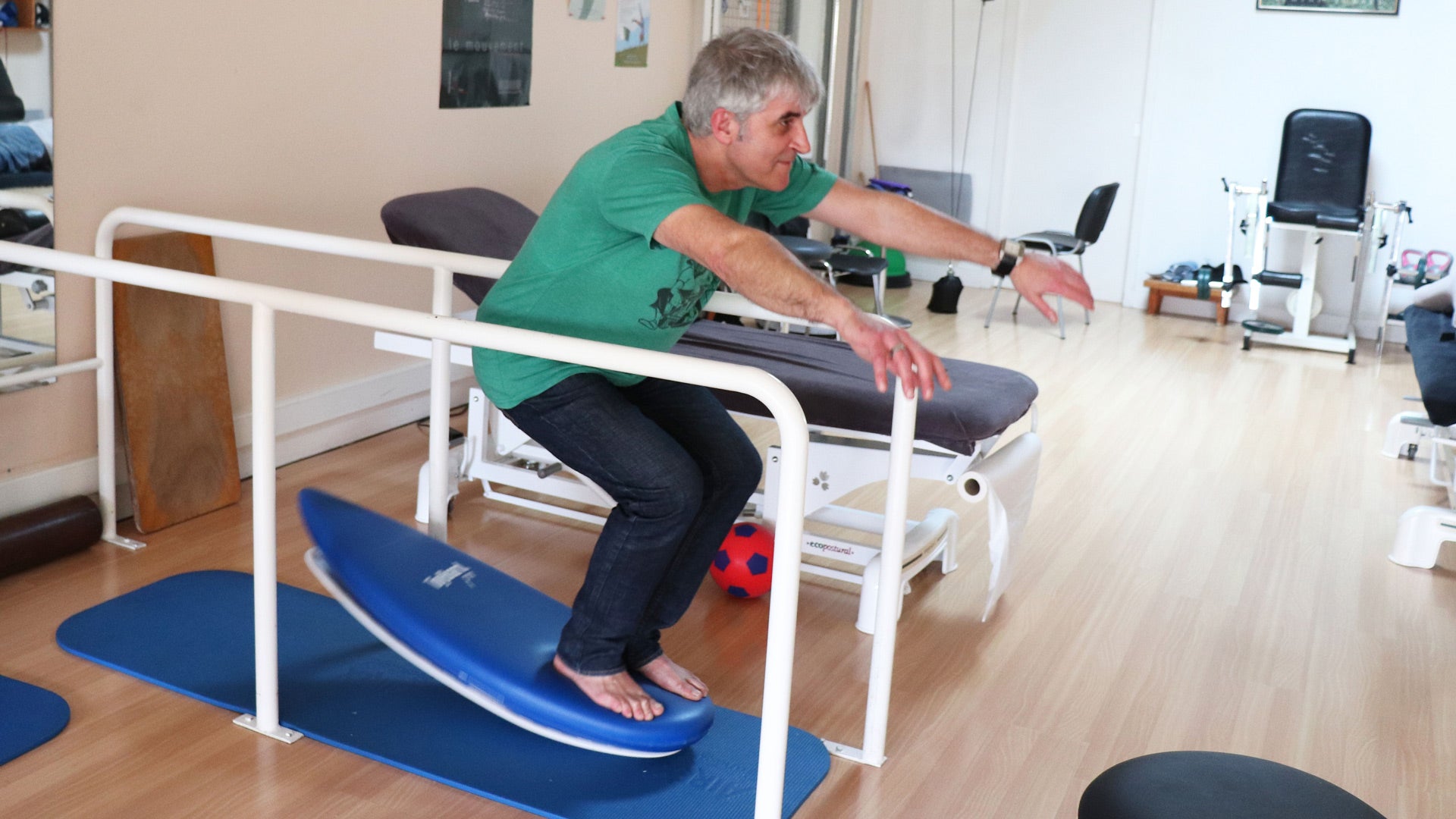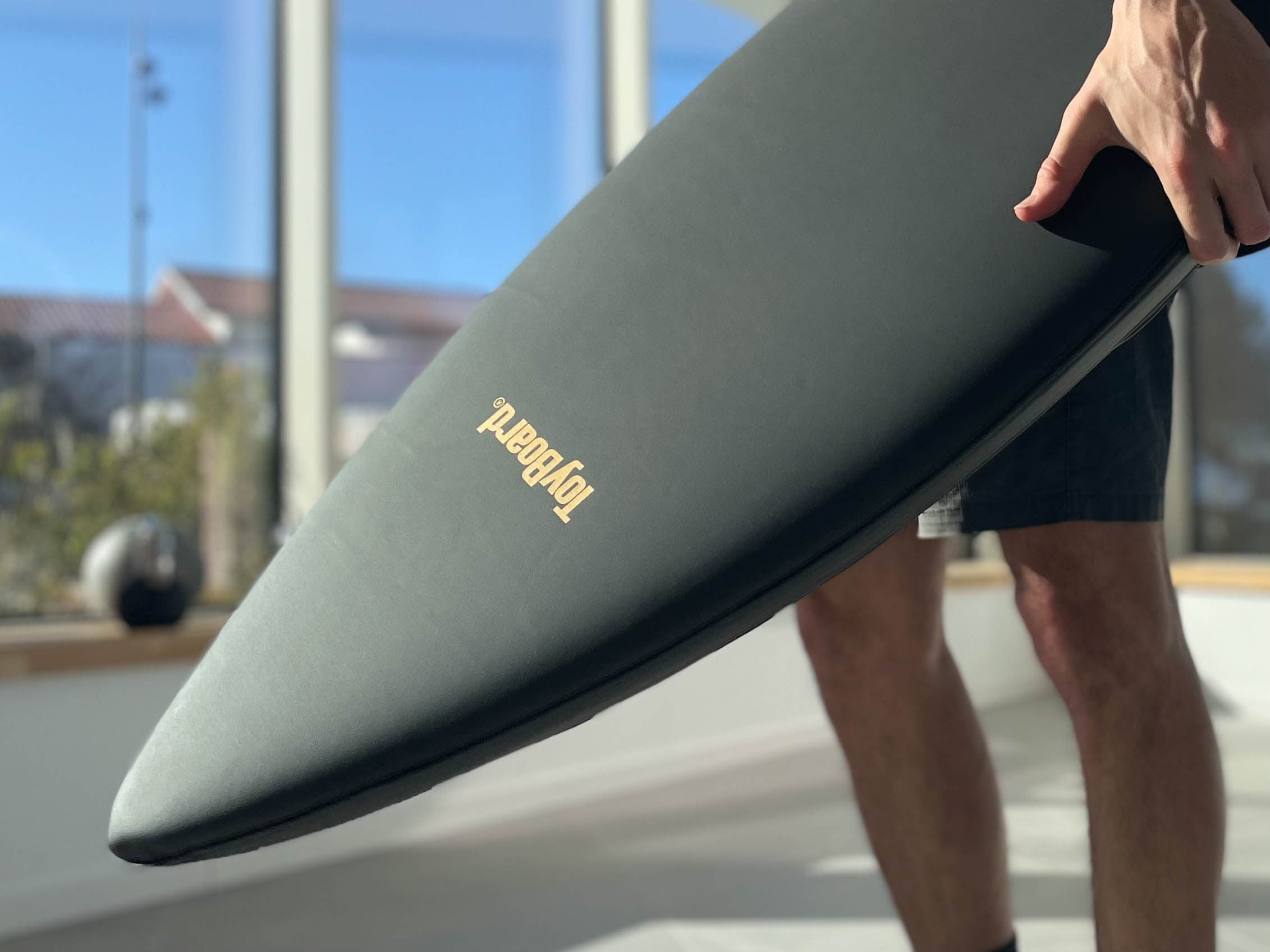In an era where physical rehabilitation seeks innovative strategies to enhance patient outcomes, balance board physical therapy emerges as a keystone methodology. This unique approach to rehabilitation not only challenges the body's proprioceptive abilities and core strength but also engages the mind, making recovery a dynamic and interactive process. With the advent of versatile tools like ToyBoard, patients across all demographics are rediscovering the joy and effectiveness of balance-centric therapy. This article explores the multifaceted benefits of balance boards in physical therapy, backed by scientific evidence and underscored by real-world applications.
Understanding Balance Boards
Balance boards are dynamic platforms designed for exercise and rehabilitation, offering an unstable surface to challenge the body's balance and coordination. Originating from the realms of surfing and skateboarding, these tools have found a profound place in physical therapy, sports training, and general fitness. By engaging multiple muscle groups simultaneously, balance boards facilitate proprioceptive training, improve core stability, and enhance overall motor coordination.
The Science of Balance Board Physical Therapy
Central to balance board therapy is the concept of neuromuscular rehabilitation—the ability to improve communication between the brain and muscles. Studies illustrate how balance training can significantly reduce the risk of falls in the elderly, accelerate recovery post-injury, and aid in the management of neurological conditions. The act of maintaining equilibrium on a shifting surface requires continuous sensory input and motor adjustment, thereby strengthening neural pathways critical for physical movement.
Applications in Physical Therapy
Balance boards are instrumental in rehabilitating a wide array of conditions. For post-operative knee patients, they aid in regaining stability and strength. In sports injury recovery, they expedite the return to pre-injury levels of coordination and agility. Furthermore, balance boards offer a preventive measure against falls in the **elderly**, enhancing life quality and independence.

Integrating Balance Boards into Therapy Routines
The versatility of balance boards allows for their integration into various therapeutic exercises, from simple standing balance tasks to complex, movement-based routines. Key considerations for therapists include selecting the appropriate board type, tailoring exercises to patient capability, and progressively adjusting the challenge level to match recovery advancements.
ToyBoard: Revolutionizing Balance Board Physical Therapy
ToyBoard elevates the concept of balance board therapy by introducing an eco-friendly, highly versatile product designed with physical rehabilitation in mind. Its unique shape and material cater to a broad audience, from children to seniors, ensuring safety and efficacy. By incorporating ToyBoard into therapy sessions, practitioners can offer a differentiated, enjoyable experience that aligns with modern rehabilitation goals.
Beyond the Clinic: The Future of Balance Board Therapy
The future of balance board therapy lies in its adaptability and integration with technology. Home-based rehabilitation programs increasingly incorporate balance boards, supported by virtual guidance and telehealth consultations. Additionally, emerging tech like virtual reality promises to further gamify balance training, making it an engaging part of daily wellness routines.
Conclusion
Balance board physical therapy represents a bridge between traditional rehabilitation techniques and the future of patient-centered care. By focusing on balance, coordination, and strength, this approach offers a comprehensive pathway to recovery and well-being. As the healthcare community continues to embrace innovative tools like ToyBoard, patients can look forward to more enjoyable, effective, and personalized rehabilitation experiences.
-----
FAQs
Q: How often should balance board therapy be practiced?
A: The frequency of balance board exercises should be tailored to individual needs, typically ranging from daily sessions for at-home routines to several times a week under professional guidance.
Q: Are there any contraindications for balance board therapy?
A: While balance board therapy is widely beneficial, individuals with certain conditions (e.g., severe balance impairments, vertigo) should consult a healthcare professional before beginning.
Q: Can balance boards be used for fitness beyond rehabilitation?
A: Absolutely! Beyond physical therapy, balance boards like ToyBoard are excellent tools for general fitness, improving core strength, coordination, and proprioceptive skills.


